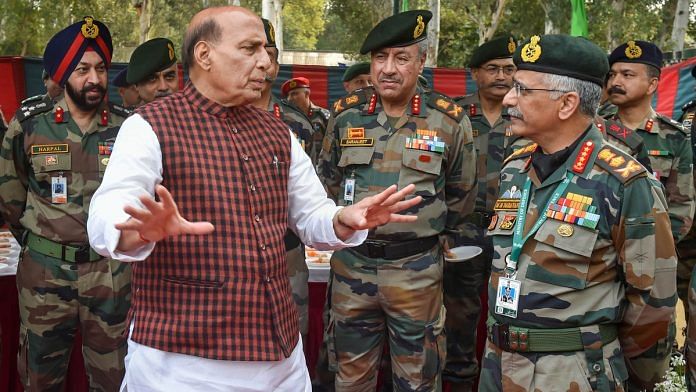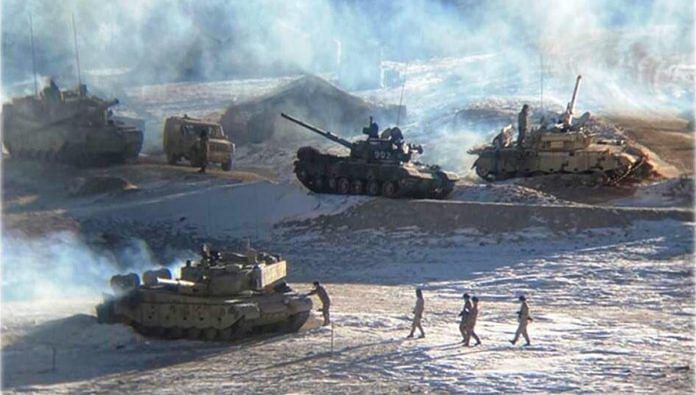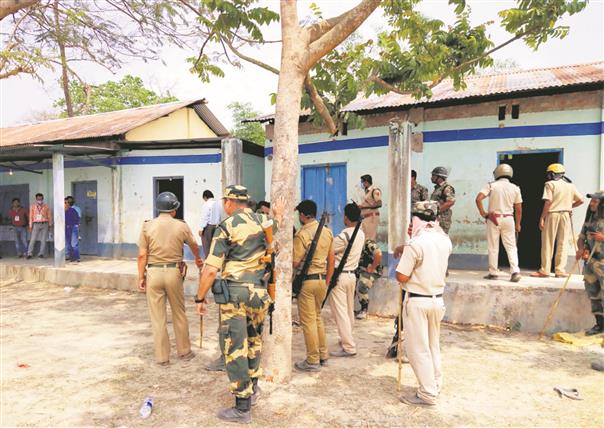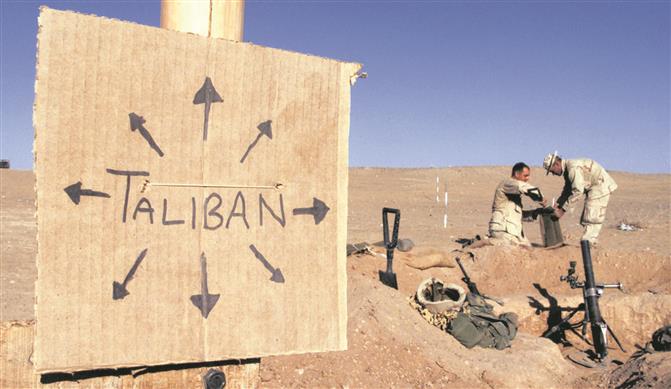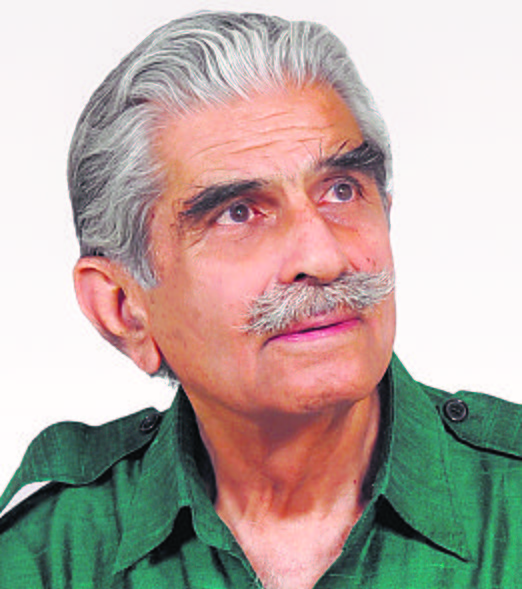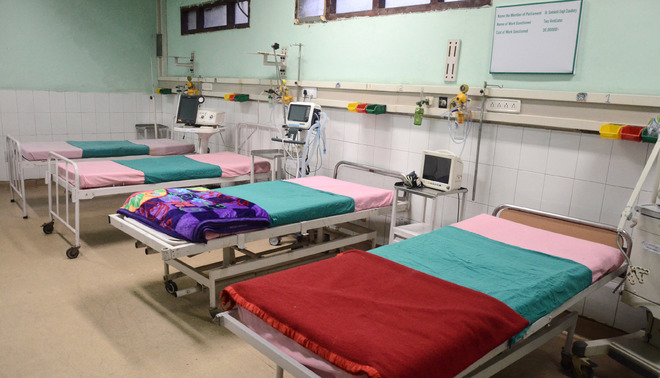DRDO s
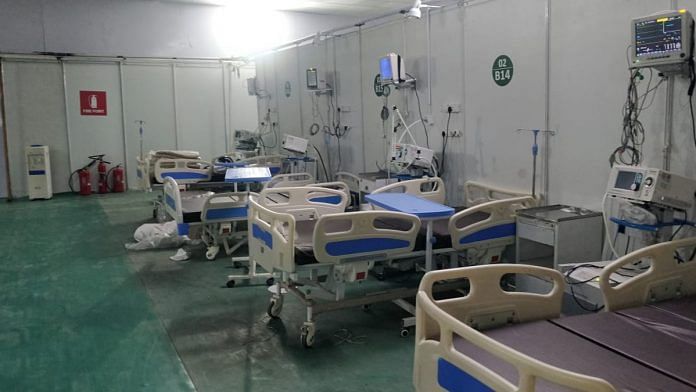
Sardar Vallabhbhai Patel Covid hospital in Delhi, set up by DRDO | By special arrangementText Size: A- A+
New Delhi: With the aggressive second wave of the Covid-19 pandemic crippling health infrastructures across the country, the defence establishment has stepped up aid efforts by setting up makeshift hospitals in various cities.
One such makeshift facility was set up by the Defence Research and Development Organisation (DRDO) in Delhi that began operations Monday. The 500-bed Sardar Vallabhbhai Patel Covid hospital is being manned by a group of 40 professionals from the Armed Forces Medical Service (AFMS) and two doctors from the Central Armed Police Forces (CAPF).https://88dcb069b3808193d43e784d110a7f3b.safeframe.googlesyndication.com/safeframe/1-0-38/html/container.html
Once the hospital, which is situated in the Delhi Cantonment area, began operations there was a massive rush with a number of patients and ambulances turning up at the facility.
DRDO spokesperson Dr Narendra Arya said that while the facility has 250 beds at the moment, it will be expanded to 500 by Thursday.
“Every bed is an ICU-Ventilator one. Only patients requiring ICU or ventilator facility are being admitted. I would request people only with dire need to come to the facility as those who can manage with house care will not be admitted,” he told ThePrint. More beds can be added by DRDO at the facility in the future depending on the situation.
Besides the Delhi hospital, the DRDO is working on setting up three similar facilities in Gujarat, Uttar Pradesh and Bihar.
Furthermore, the state-run Hindustan Aeronautics Limited (HAL) is also setting up two Covid facilities in UP’s Lucknow and Nashik in Maharashtra. HAL has already constructed a facility for the Karnataka government in Bengaluru.
Also read: Modi govt to provide fresh insurance cover to Covid warriors, settle previous claims
DRDO Covid facility in Delhi
The Sardar Vallabhbhai Patel Covid hospital in Delhi was first built in a record time of 12 days by the DRDO last year after a spike in cases. The facility was then dismantled in February this year after the number of cases came down.
However, with the surge in cases due to the second wave of the pandemic, the central government asked the DRDO to re-open the facility, which was done within six days.
Furthermore, unlike last year when only 250 ICU beds were available at the temporary hospital, this time all beds will cater to those who require critical care.
DRDO officials said the facility is also equipped with centralised air conditioning, fitted with proper filters to contain the spread of the virus.
There are also separate blocks for patients and doctors, and accommodation for the medical team.
The facility also has an administrative block complete with doctors’ rooms, a basic lab and pharmacy, a dedicated pantry for patients, an area catering to visitors or attendants and a reception as well.
It is secured with security staff, closed-circuit television (CCTV) surveillance and access control systems.
The hospital is also equipped with an integrated fire safety and control system, officials said, adding that environmental safety and waste disposal processes have been built into the design of operations, as well.
Also read: Delhi govt deploys 2 teams to monitor procurement, supply of oxygen & remdesivir drug
More hospitals to come up
According to sources in the defence establishment, one Covid temporary hospital will also come up in Lucknow by the end of this week. It will be set up by DRDO and will have a capacity of 600 beds. This hospital is different from the one being constructed by HAL.
While the organisation’s initial plan was to set up two separate makeshift hospitals in Lucknow, it has now been decided that one large facility will be built instead.
The cost of constructing the hospital in Lucknow will be borne by the DRDO. It will also provide beds and oxygen to the hospital, which will have all the facilities for the treatment of Covid patients.
Similarly, two hospitals by DRDO will also come up in Gujarat and in Bihar.
A 900-bed facility is being set up in Ahmedabad at the Gujarat University Convention Centre. DRDO will equip the hospital with all the amenities to effectively treat Covid patients.
The hospital will be run by doctors and other personnel of the CAPF and is expected to be operational in a week’s time.
The organisation is also working on establishing a 500-bed Covid hospital in Patna. A DRDO team has already reached Patna to oversee the preparations to operationalise the hospital for treatment of Covid patients.
The hospital, with 125 ICU beds, was built by the DRDO in August last year but was shut down later after there was a dip in cases.
(Edited by Rachel John)
Also read: Intriguing story of India’s slackening vaccination numbers despite Modi’s ‘Tika Utsav’ push








